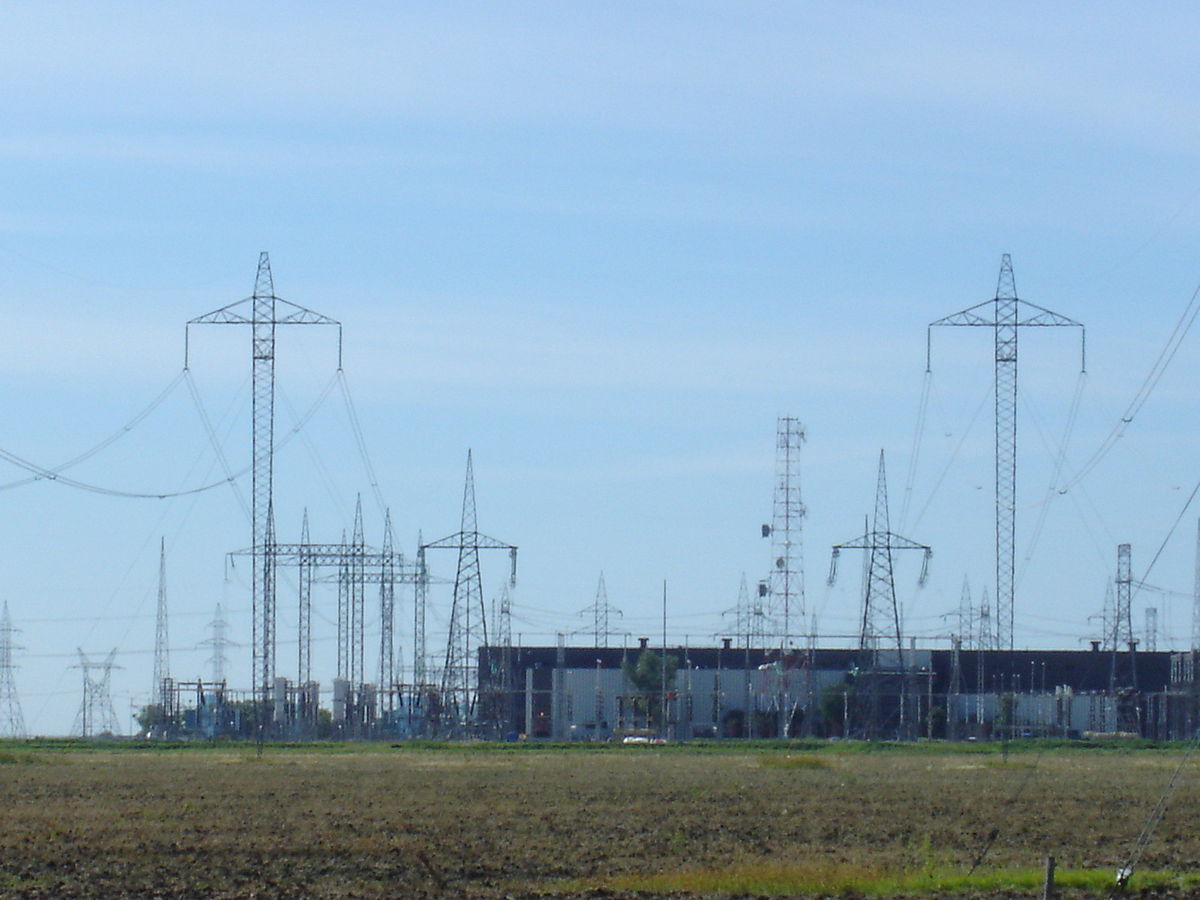cdherman
New Member
I am contemplating putting some underground wires to get additional panels on a shed that would be around 125ft away from my inverter. This was suggested in a couple other threads. Another suggestion was to run the wires in conduit. Allowing for upgrades in the future, if need be.
I am looking at some 405w 34.73v panels. 14 in a row gives me 486v, 5670w. That calculates to 11.66A
I threw those numbers into a DC wiring calculator online. Using 125', 1% voltage loss, it says 11AWG is enough.
Do I need to over rate to 125% for safety? If panels are rated as above, they don't go over much, right?
What kind of wire? THWN rated to 90c? Or could I even get by with say 10/2 Romax? But that's not supposed to be buried, even in conduit, I think....... Something about not wet tolerant. Would be the cheapest.. I think I know that answer, just musing.....
As noted by some other helpful person, running the DC wires back to the inverter seems like it might be much cheaper than putting the inverter in the "wrong" place. In my case, I have a great place for an AIO inverter, batteries, new entrance pole, disconnects etc. Just not a great place there for the panels.
I am looking at some 405w 34.73v panels. 14 in a row gives me 486v, 5670w. That calculates to 11.66A
I threw those numbers into a DC wiring calculator online. Using 125', 1% voltage loss, it says 11AWG is enough.
Do I need to over rate to 125% for safety? If panels are rated as above, they don't go over much, right?
What kind of wire? THWN rated to 90c? Or could I even get by with say 10/2 Romax? But that's not supposed to be buried, even in conduit, I think....... Something about not wet tolerant. Would be the cheapest.. I think I know that answer, just musing.....
As noted by some other helpful person, running the DC wires back to the inverter seems like it might be much cheaper than putting the inverter in the "wrong" place. In my case, I have a great place for an AIO inverter, batteries, new entrance pole, disconnects etc. Just not a great place there for the panels.



